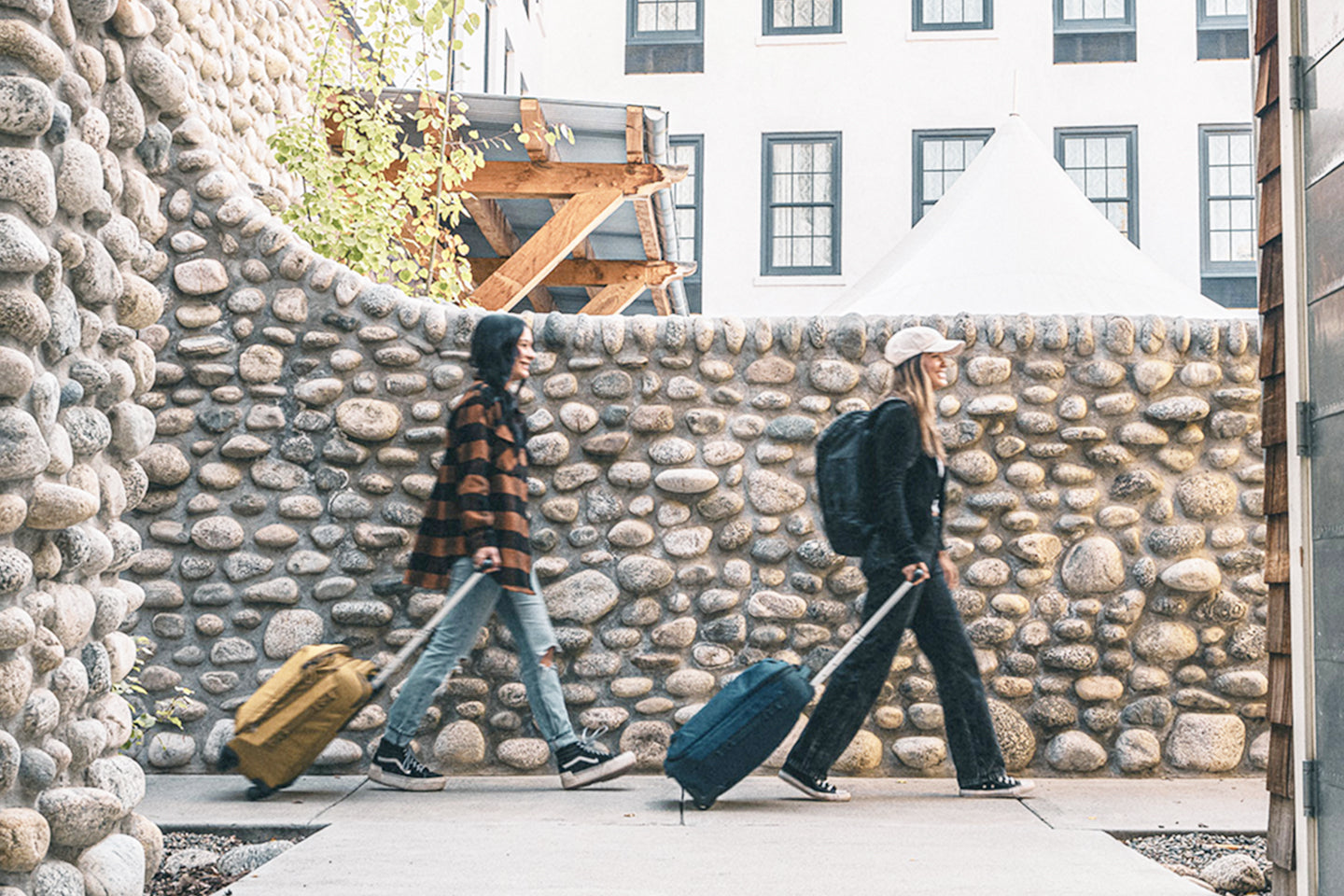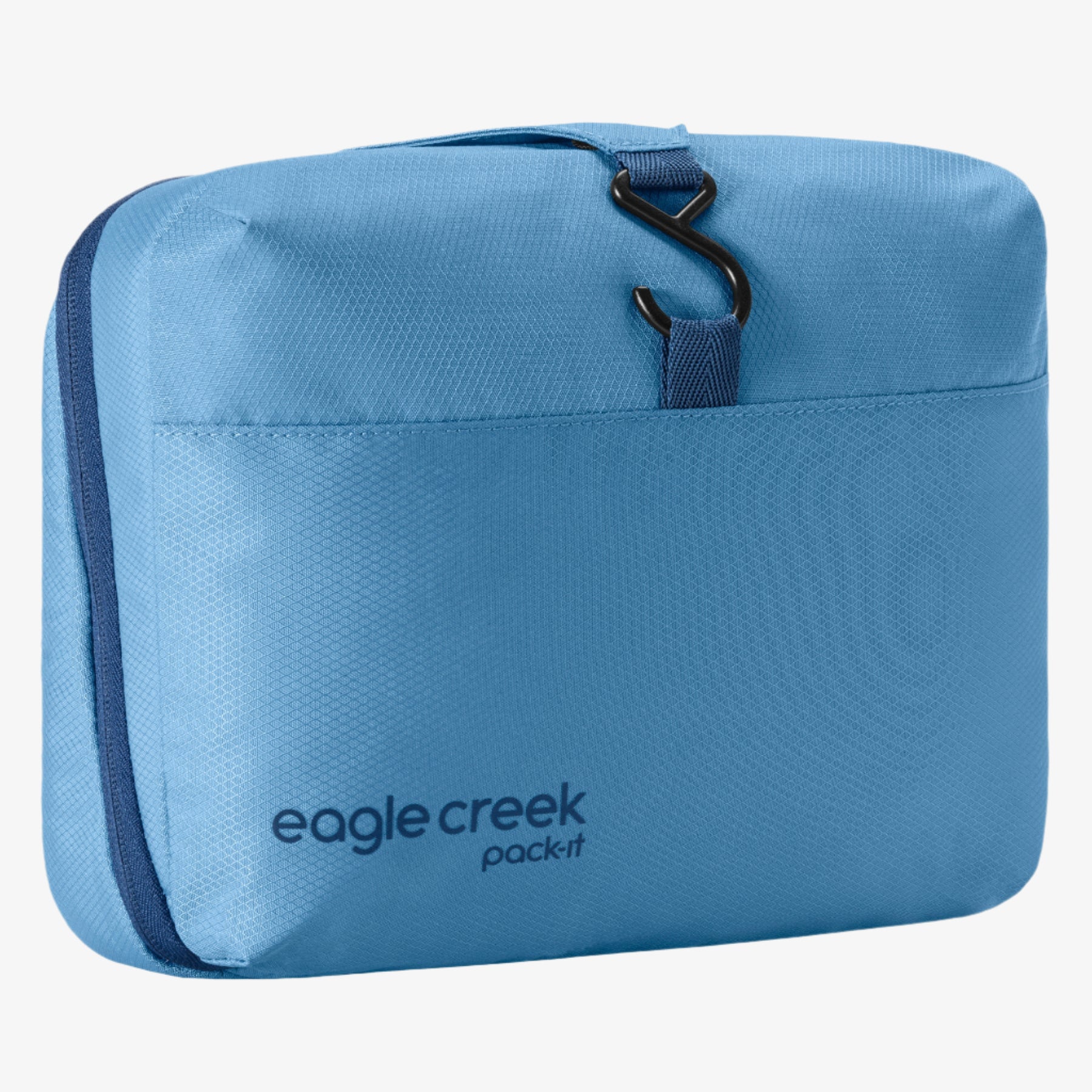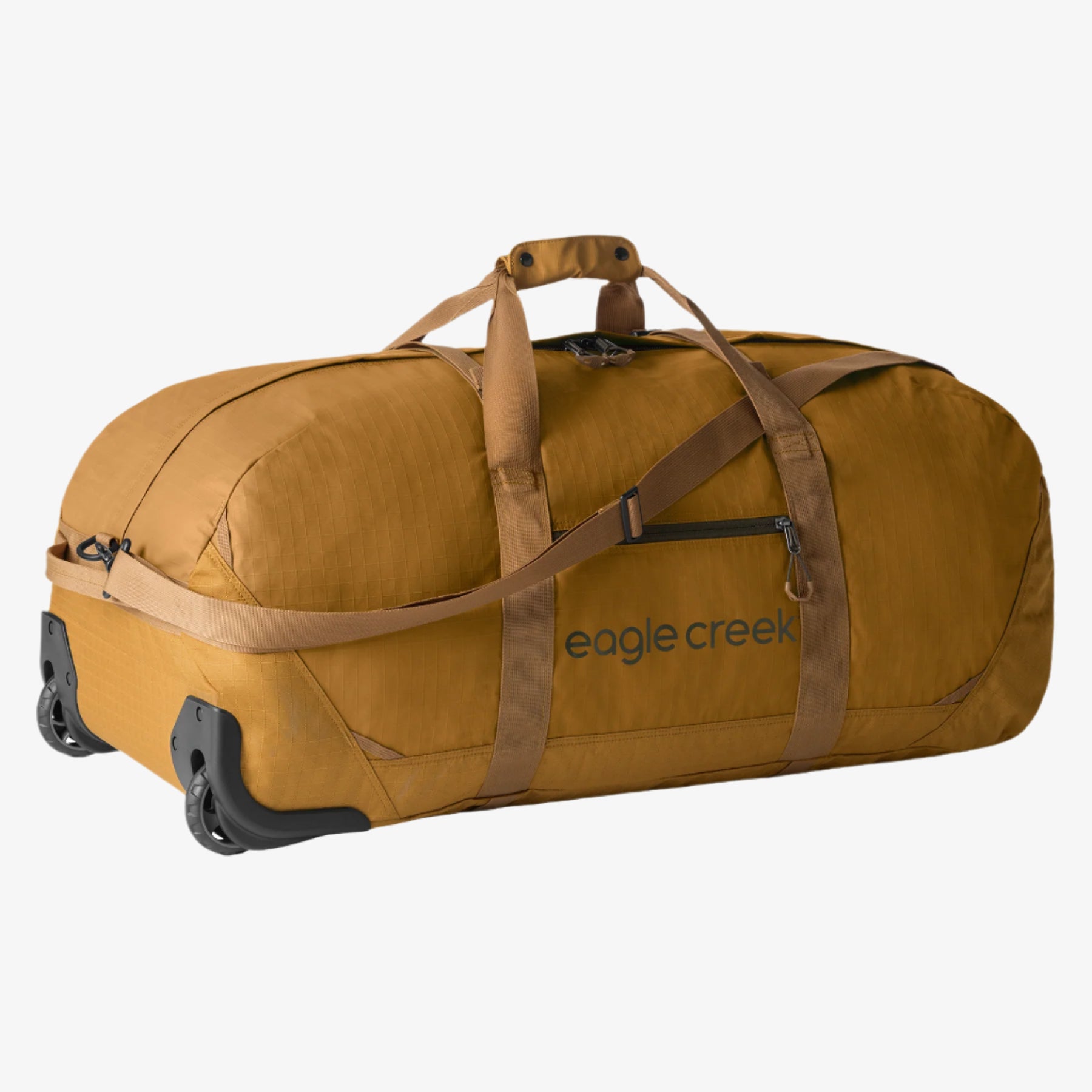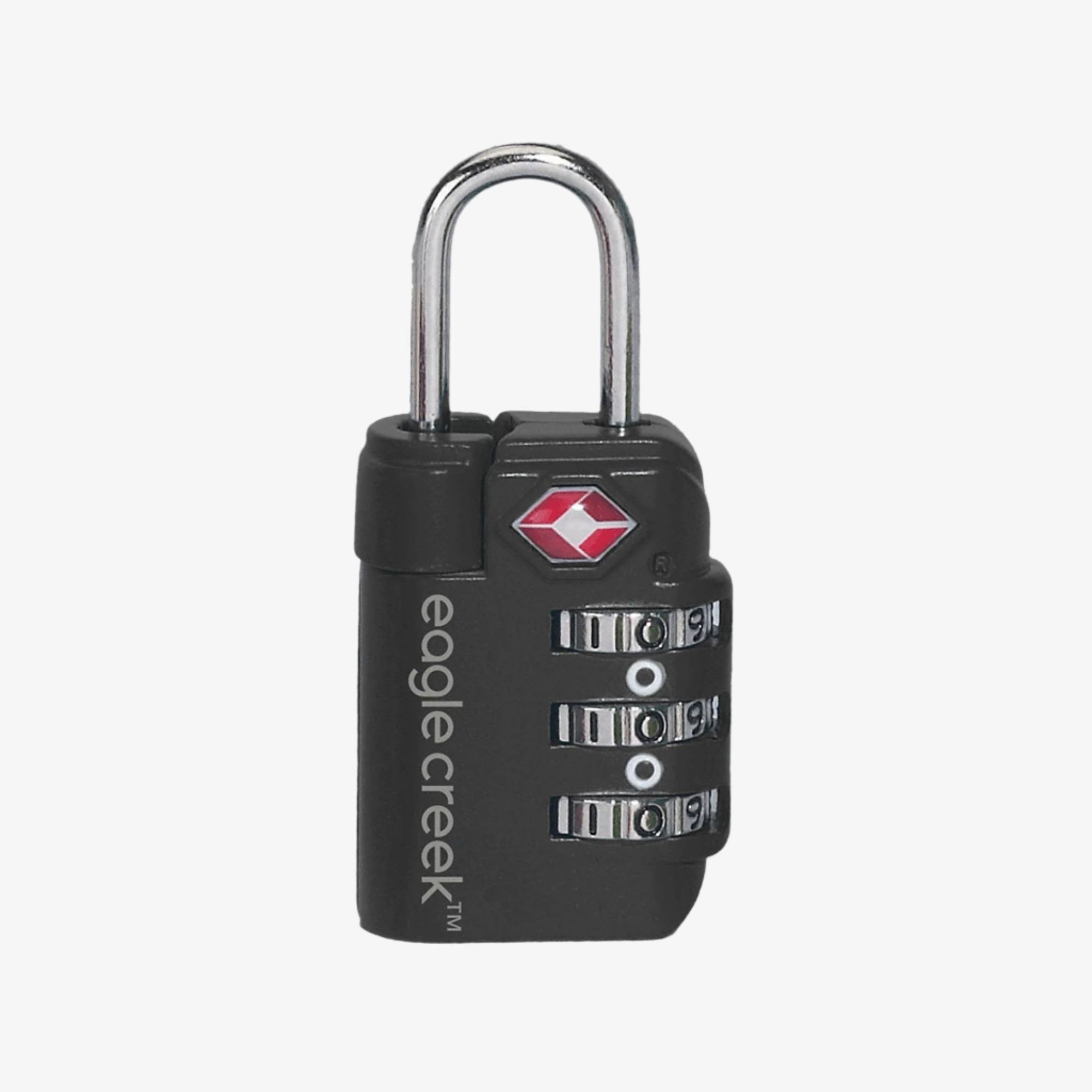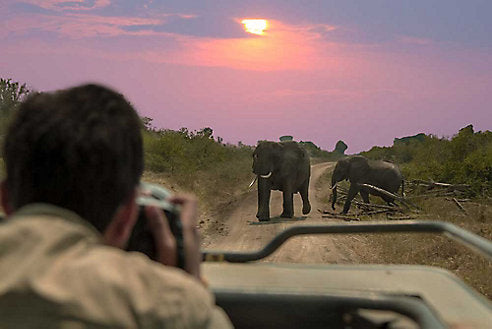Pack This Not That: Safari Packing Hacks

Headed on an African safari adventure and want to maximize the amount of space in your bag? Here's how to make every item in your bag do double duty in the bush.
Going on safari? Lucky you! If you’re ready to head off into the African bush in search of the Big Five (elephant, lion, leopard, rhino, and Cape buffalo) or to photograph the other wonders of the natural world, you’ll need to bring special gear. However, small is the name of the game when it comes to safari packing – small bush planes, the preferred mode of transportation in the densest jungle areas, only allow passengers to bring soft sided luggage weighing less than 25 pounds. Even if you’re on a driving adventure, the less you have to lug, the happier you’ll be.
Eagle Creek’s soft, durable, lightweight cargo haulers are the perfect choice for a safari; here’s how to pack to make every item in your bag do double duty in the bush.
Pack This: Rain Poncho
Not That: Bright Raincoat
You’ve come to far to let a rainy day in the bush keep you in the lodge, so pack a poncho in your daypack. When you’re done covering up, use your poncho as an impromptu ground covering when you’re having a safari sundowner (evening cocktail) or picnic or as a tarp to keep your gear protected (we’ve had both leaks and bugs in our safari lodging). Leave the bright slickers at home: Rainbow colors scare off wildlife.
Pack This: Shower Cap
Not That: Hairdryer
If you’ve stayed anywhere with solar power in Africa, you know that plugging in a hairdryer isn’t going to be an option. Instead, when I’m on safari I like to cover up my luscious locks with a lightweight shower cap to keep them dry. Another great use of a clear cap? Use the tight sealing plastic sides to protect expensive camera gear on a rainy day.
Pack This: Bug Repellant Clothing
Not That: Separate Clothing and Bug Spray
Make every item of clothing in your bag also work as a mosquito repelling machine by treating your wearables with permethrin, an insecticide that can be sprayed on fabric, before you leave on your trip. Treated clothing will be odor free, and will hold up to multiple washings, meaning you can leave the bottle at home, freeing up more space in your bag.
Pack This: Packing Organizers and Totes
Not That: Plastic Bags
Leave the plastic baggies at home and instead use sturdier Pack It organizers to carry all of your essentials, big and small. Many African nations have limited recycling and waste disposal, so bringing reusable bags is a social good as well as a smart packing choice. Note that in Kenya and Rwanda, plastic bags are illegal to use or bring into the country, so having extra Pack It organizers, and a packable tote, will let you organize new purchases and keep gear separate from clean clothes in your bag.
Pack This: Gardening Gloves
Not That: Knit Gloves
Hiking through the bush, especially if you’re taking a gorilla or golden monkey trek in East Africa, can leave your hands exposed to thorns and stringing nettles, which rips regular gloves to shreds. Tuck a pair of standard issue garden gloves into your duffel to protect your digits. Break them out again for added warmth on chilly pre-dawn or after dark safaris (you’d be surprised how cold it can get in an African winter in the bush).
Pack This: Carabineer
Not that: Rubber Bands or Paper Clips
A carabineer is the perfect MacGyver tool for your travels. Use it to attach a reusable water bottle to your day bag, then clip your dirty shoes to the outside of your duffel later. Out on the town? Carabineer your daypack to a table leg to keep it safe. It can also be used to connect your shopping bag to your backpack when you start accumulating great local African crafts—all things regular rubber bands and clips can’t do.
Pack This: Neck Gaiter
Not That: Bandanna
The multifunctional material bands that create a gaiter are a must for the bush, and are more useful than a bandanna. Choose a light to medium weight material and double it up to wear as a neck warmer for chilly early morning adventures; the soft circular scarf also works to cover your neck to protect it from the sun during the day. Slip it up around your head or turn it into a beanie to protect hair from bugs and debris when you’re hiking.
Related Links (from Eagle Creek blog):






